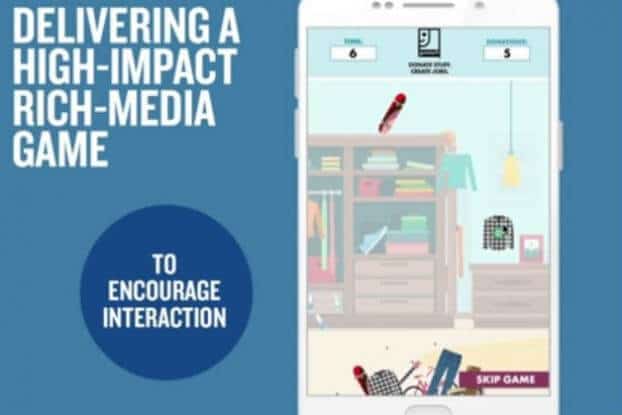Location Data 2.0? How Goodwill and Other Brands Are Ushering It in
- by 7wData

For what seemed like forever, the promise of mobile advertising was all about reaching the proverbial "right consumer at the right time with the right message." The descriptions from zealous mobile ad execs usually involved ads or notifications that hit someone's phone with an offer when it was near a storefront or spotted in a grocery aisle. In other words, it was all about using the data immediately.
That was mobile location data 1.0, suggested industry execs at the Local Search Association conference in San Diego this week. Some believe location data 2.0 has begun.
What that means, they say, is that advertisers are sophisticated enough to look at location data more holistically through a wider lens. While many mobile marketers still focus on getting messages to people at key moments, the use of data showing where people have been over time is just as, if not more, important than where they are right this instant.
Until recently, "A lot of the activations were really quite elementary," said Julie Bernard, chief marketing officer of Verve Mobile. That has changed, she continued, "now as organizations have hired or trained and developed more staff to have far more sophisticated data mining and data interpretation skills."
The approach has begun to manifest in real campaigns and initiatives conducted by a range of advertisers, including Goodwill Industries, which partnered with the Ad Council and Verve to create and implement what might be considered a location data 2.0 campaign.
Launched in June 2016 for a month nationwide, the campaign for Goodwill was intended to convince people who were cleaning out their closets and drawers to consider donating some of their rarely-used stuff to the organization, as well as to raise awareness about Goodwill's programs assisting in educating, training and supporting community workforces.
The firm combed social media sites looking for people – particularly millennial moms and "charitable" moms – who were discussing spring cleaning-related tasks, said Ms. Bernard. It then isolated area-specific "hotspots" where such conversations were dense. That data was employed to assign attributes to devices over time. The company also layered in data about audience segments comprised of people who had visited thrift shops or second-hand stores in the past.
[Social9_Share class=”s9-widget-wrapper”]
Upcoming Events
Evolving Your Data Architecture for Trustworthy Generative AI
18 April 2024
5 PM CET – 6 PM CET
Read MoreShift Difficult Problems Left with Graph Analysis on Streaming Data
29 April 2024
12 PM ET – 1 PM ET
Read More




